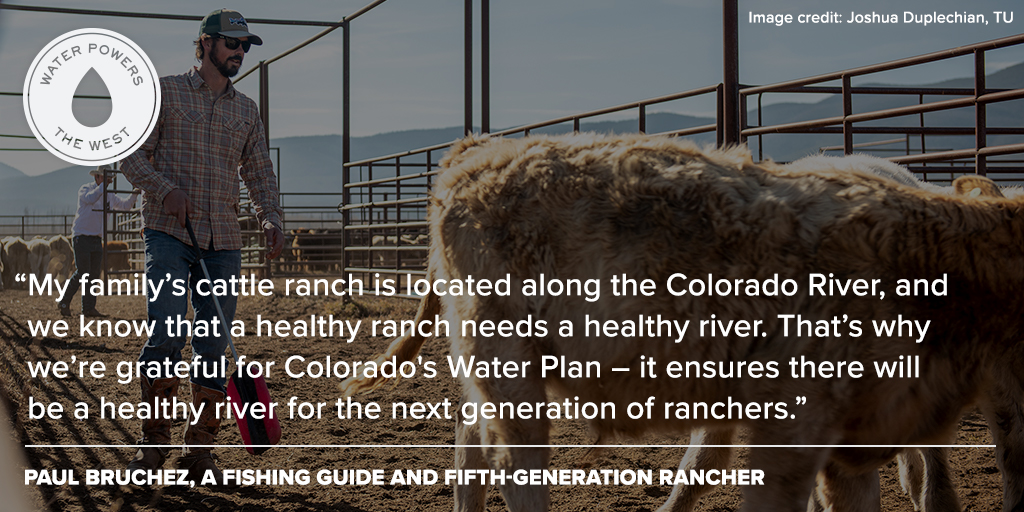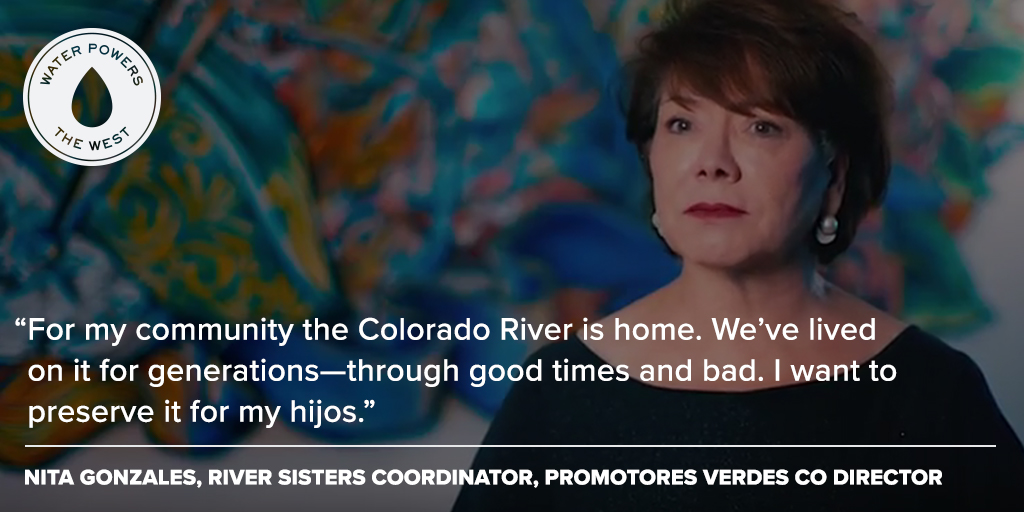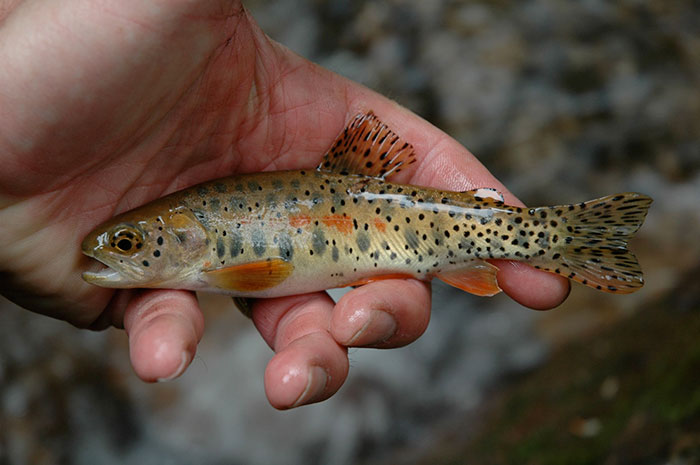Pictured: Eleven Mile Canyon
Celebrate with a South Platte River Cleanup
Courtesy of the National Parks System, nps.org
In October 1968, the Wild and Scenic Rivers Act was established when Congress determined that “the established national policy of dams and other construction at appropriate sections of the rivers of the United States needs to be complemented by a policy that would preserve other selected rivers.” Wild and Scenic designation protects free-flowing rivers with outstanding natural, cultural and recreational values. The designation prohibits harmful development, preserves historic uses, and safeguards designated rivers for future generations. Of the roughly three million miles of rivers in the country, only a little over 12,000 are protected as Wild and Scenic. In Colorado, Congress granted Wild and Scenic protection to the Cache la Poudre in 1986 - currently our state’s only designated river (though discussions are underway about designating Deep Creek).
Pictured: Cache La Poudre River.
While Colorado has only one formally designated Wild and Scenic river, the Act has helped spur other protections for rivers using state and local tools. One such example emerged in the aftermath of the Two Forks battle, as the review of the South Platte for possible designation prompted development of the South Platte Protection Plan. The Plan includes measures to provide recreational access to Denver Water properties, to manage reservoir releases for flow and temperature goals below Eleven Mile and Cheesman Dams, and to fund ongoing investments in the river corridor’s values through a $1 million endowment managed by the South Platte Enhancement Board.
To celebrate the 50th anniversary of this landmark legislation, Colorado TU is joining with the Coalition for the Upper South Platte and the US Forest Service to host a day of service on the South Platte River near Deckers, with volunteers helping to pick up trash along the river corridor. The river clean-up event will take place October 6, 2018, from 9am to 3pm, with volunteers meeting at the Deckers Store. Bring your friends and family along and enjoy a great day on one of Colorado’s outstanding rivers – and perhaps bring along your fishing equipment to wet a line once the work is done! Click below to learn more and/or to sign up!






































